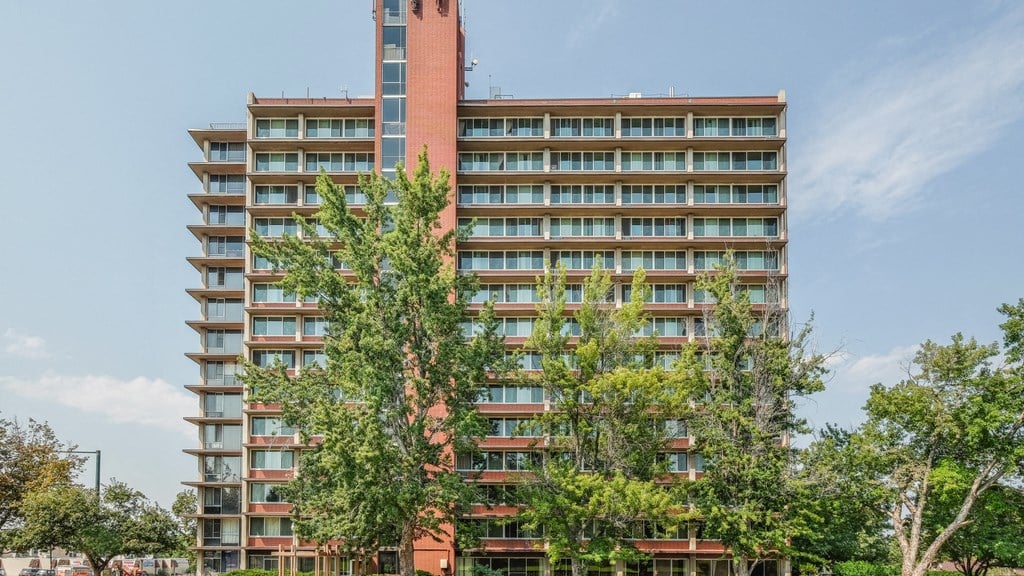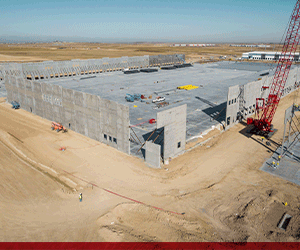
By Drew Allen, AIA, project architect at Perkins + Will and chair of the AIA Colorado Member Voice Committee
What does a sustainable building look like? Solar panels, green walls, LED lightbulbs, and plenty of recycling and compost bins probably come to mind. At this point, these strategies are effective and often common practice or required mandates from clients.
However, if you’ve seen the recent climate reports from late 2018 and early 2019, it’s clear that these common practices are barely scratching the surface of what is a huge issue. Reading the conclusions of these reports understandably makes people, myself included, uncomfortable. Given the fact that buildings account for nearly 40 percent of carbon emissions in the U.S., according to the USGBC, our response as architects and builders needs to match the severity of the situation and yes, maybe even push us outside of our comfort zones.
It is often said that building codes are pushing buildings to be greener and that meeting today’s code minimums would have greatly exceeded most sustainably designed buildings from even as recent as ten years ago. However, we now have a far greater knowledge of what can be achieved through new building techniques and technologies. We also have countless examples from around the world that go far beyond our minimums—and so within a reasonable budget.
For example, the Albion District Library in Toronto reduced its net energy usage by 40 percent per year when compared to similar buildings, integrated brise soleille screens to increase daylighting without excessive solar gain, sustainably sourced wood and finishes, and integrated storm water management by creating a wetland on site. For a larger scale example, the Ng Teng Fong General Hospital in Singapore utilizes passive solar strategies for increased ventilation, solar water heating and photovoltaic arrays to reduce its energy consumption by nearly 70 percent compared to the typical U.S. hospital.
Of course, no one is working toward the goal of intentionally creating buildings that are unsustainable. We can all recognize that minimizing our carbon footprint and breathing cleaner air are good things. But now is our time to actively work toward achieving these goals through architecture. If we push ourselves out of our immediate comfort zones and strive for greener practices, such as mass timber structures in lieu of steel, or high efficiency mechanical systems, such as geothermal heat pumps, we can begin to make these practices the standard instead of outlier strategies that give people pause.
The hesitation around implementing new systems is just that: they are new and therefore uncomfortable. The good thing about most of these systems is that they have been done by others before and are gaining popularity. We don’t have to invent something brand new, we just need to find others and ask the right questions. And, as the building industry progresses in the coming years, these practices will become more and more commonplace. If we take the words of the world’s prominent scientists at face value, we cannot afford to wait to begin implementing greener techniques. Ultimately, If we embrace the opportunity to be a bit uncomfortable now and move away from what we know and towards more responsible and sustainable building practices, we can avoid a much more uncomfortable future.









